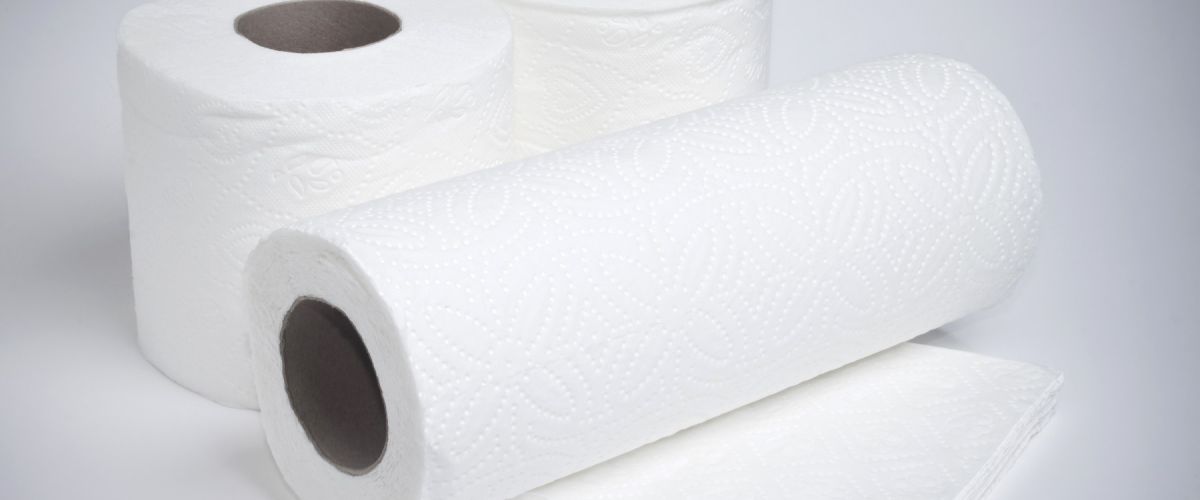
Bulk Generation in Tissue Manufacturing
Bulk generation is on the mind of every tissue maker. Light Dry Crepe (LDC) is in constant pursuit of improved bulk in the finished sheet. Why are tissue makers concerned about the bulk in LDC tissue, napkins, or towels? Because bulk is the functional characteristic that allows the sheet of creped paper to absorb moisture and the higher the bulk, the quicker the absorption rate. Marketing and sales campaigns for major consumer brands are based on improved sheet absorption and softness, which are all results of improved bulk.
The variables involved in the generation of bulk in LDC is immense with many layers to the puzzle that must be understood to produce a sheet of tissue that the consumer desires. Ways to improve bulk generation include Yankee chemistry, fiber, and pulp prep, wet end chemistry, clothing and pressing, drying intensity, calendering intensity, crepe ratio, and creping blade set-up and selection.
There are various ways the creping process can improve the LDC sheet bulk by focusing on the creping pocket. Much has been published about closing and opening the creping pocket to change sheet bulk and hand feel. The creping pocket is a key part of bulk generation. As the pocket closes, the creping structure or wave form generated by the sheet at the blade tip tends to get larger in amplitude which results in more bulk. This type of wave is generated at the end of the blade life and is often called false bulk. It indicates that it is time to change the creping blade. If the process objective is a silky-smooth sheet and a good hand feel, this is the wrong direction.
As the pocket opens the creping structure or the wave form generated by the sheet at the blade tips get smaller in amplitude and forms a sheet with a more uniform creping structure and a silkier hand feel. Most high-quality dry crepe sheet of high bulk have a relatively open creping pocket.
Blade stick out, doctor set-up angle, loading pressure, and creping blade bevel geometry are the most common factors used to control creping pocket angles. Blade stick out and creping blade bevel can be changed during operation to make instant changes to the process.
Creping blade type also plays a key role in producing high-quality tissue paper. Longer life blades such as the CeraEdge™ and ProCrepe™ Plus creping blades will perform at a higher level making for a more uniform production from blade to blade. Steel blades may wear too quickly and the variation in reel-to-reel bulk is too much.
Mechanical setup of creping systems is often neglected but should be profiled regularly by a creping doctor professional. Knowing that equipment is in good operating order is very important when working through bulk development studies. Poor equipment can reduce the overall process capability and, in the end, prevent a successful improvement to the process and bulk generation.
Related Articles
Tagged with
Author
Share
Let’s Connect
Connect with Kadant Solutions Division on LinkedIn to learn more about our employees, products, and services.
